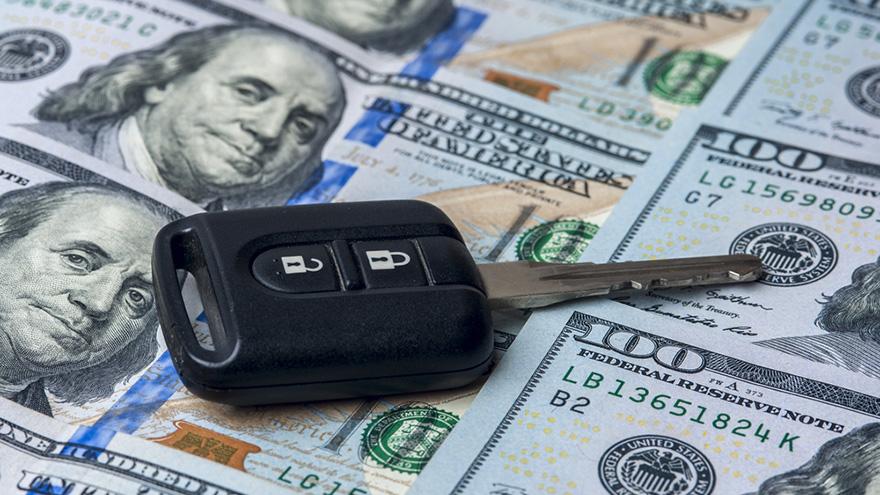How industry is seeing down payments, potential for refinancing

By subscribing, you agree to receive communications from Auto Remarketing and our partners in accordance with our Privacy Policy. We may share your information with select partners and sponsors who may contact you about their products and services. You may unsubscribe at any time.
Jody Lambert acknowledged that it often is surprising when a sizeable down payment or trade-in value arrives as part of an application for auto financing. Lambert is vice president of dealer risk management for Anderson Brothers Bank, which is based in South Carolina.
Lambert explained his position about down payments as a part of a panel discussion at this year’s Non-Prime Auto Financing Conference hosted by the National Automotive Finance Association.
“As an underwriter when you see a large down payment, you usually tend to do one of two things,” Lambert said. “Either you question why, if the structure looks funny. But then the other tendency is to allow exceptions on those, either a rate exception or a term exception because of the reduced risk with how much the consumer is putting down.
“Lenders always feel better with a large down payment,” Lambert added.
About a month after Lambert made those comments to the gathering in Fort Worth, Texas, Edmunds reported the average down payment for a used vehicle financed during the second quarter came in at $4,140, which was $7 more than the first quarter and $34 more than a year earlier.
Lambert suspected that what might be pushing this industry-wide figure for down payments is that they “are coming from an older generation that’s pulling money from either 401Ks or retirements at a much cheaper rate than what they’ve been financing for.”
Subscribe to Auto Remarketing to stay informed and stay ahead.
By subscribing, you agree to receive communications from Auto Remarketing and our partners in accordance with our Privacy Policy. We may share your information with select partners and sponsors who may contact you about their products and services. You may unsubscribe at any time.
Meanwhile for new vehicles financed during the second quarter, Edmunds noticed the average down payment dropped by $103 sequentially and $244 year-over-year to $6,579.
Looking forward to what might happen with new cars in July, J.D. Power reported the average new-vehicle retail transaction price is declining compared with a year ago due to higher manufacturer incentives, larger retailer discounts and rising availability of lower-priced vehicles increases.
J.D. Power said transaction prices are trending toward $44,271 — down $1,166 or 2.6% — from July 2023. Analysts explained the combination of slightly higher retail sales and lower transaction prices means that buyers are on track to spend nearly $47.8 billion on new vehicles this month — 3% higher than July 2023 and the second highest July on record.
“Manufacturer discounts are continuing to rise,” said Thomas King, president of the data and analytics division at J.D. Power. “The average incentive spend per vehicle has grown 52.1% from July 2023 and is currently on track to reach $2,892. Expressed as a percentage of MSRP, incentive spending is currently at 5.9%, an increase of 1.9 percentage points from a year ago. Spending has increased by $197 per unit from June 2024.
J.D. Power also mentioned average monthly finance payments for new-vehicle paper booked this month are on pace to be $727, up $5 from July 2023. The average interest rate for new-vehicle contracts is expected to be 6.90%, flat from a year ago, according to J.D. Power tracking.
On the used side looking back at Q2 data, Edmunds said the average monthly payment came in at $552 stemming from an average APR of 11.5%. Both of those metrics are lower year-over-year.
Still that movement, coupled with the prospects of the Federal Reserve lowering interest rates later this year, has Lambert wondering about “new lenders or new fintechs looking to cash in on that refinance boom.
“That kind of concerned me a little bit with losing customers because once you spend a lot of money to get that customer, service it, keep that customer, cross sell that customer, and you don’t want to lose it to a different company from refinancing it,” Lambert said at the June conference. “But I think that’s going to take the rates dropping pretty good before that actually happens.”


